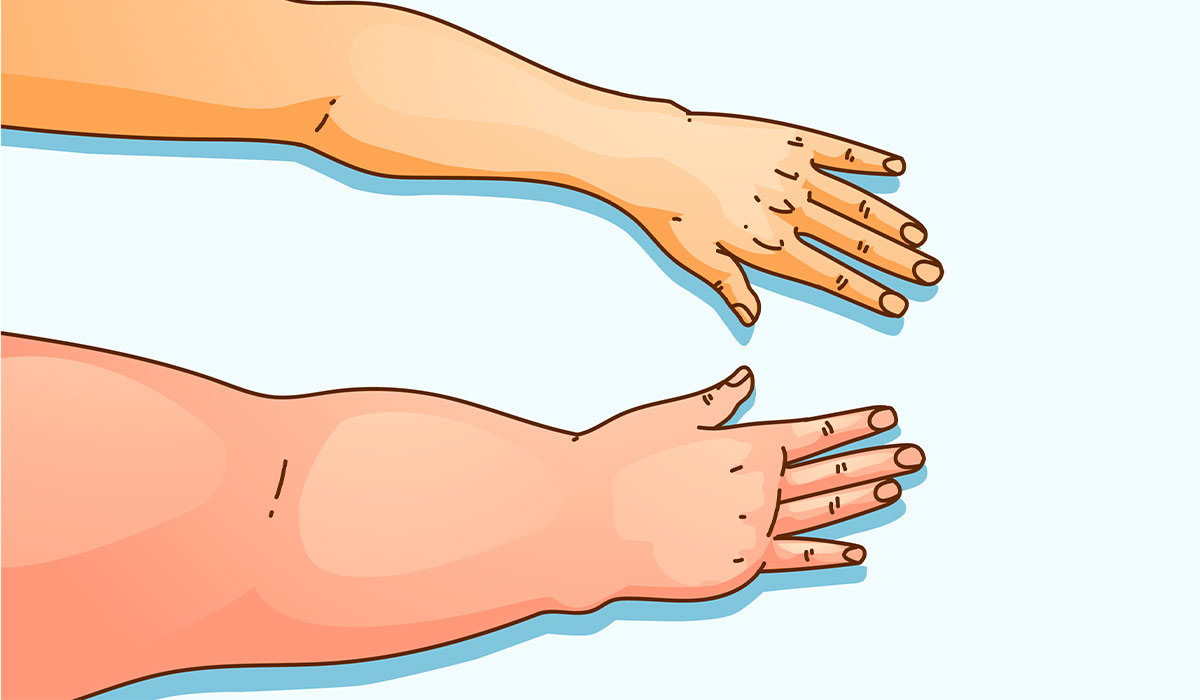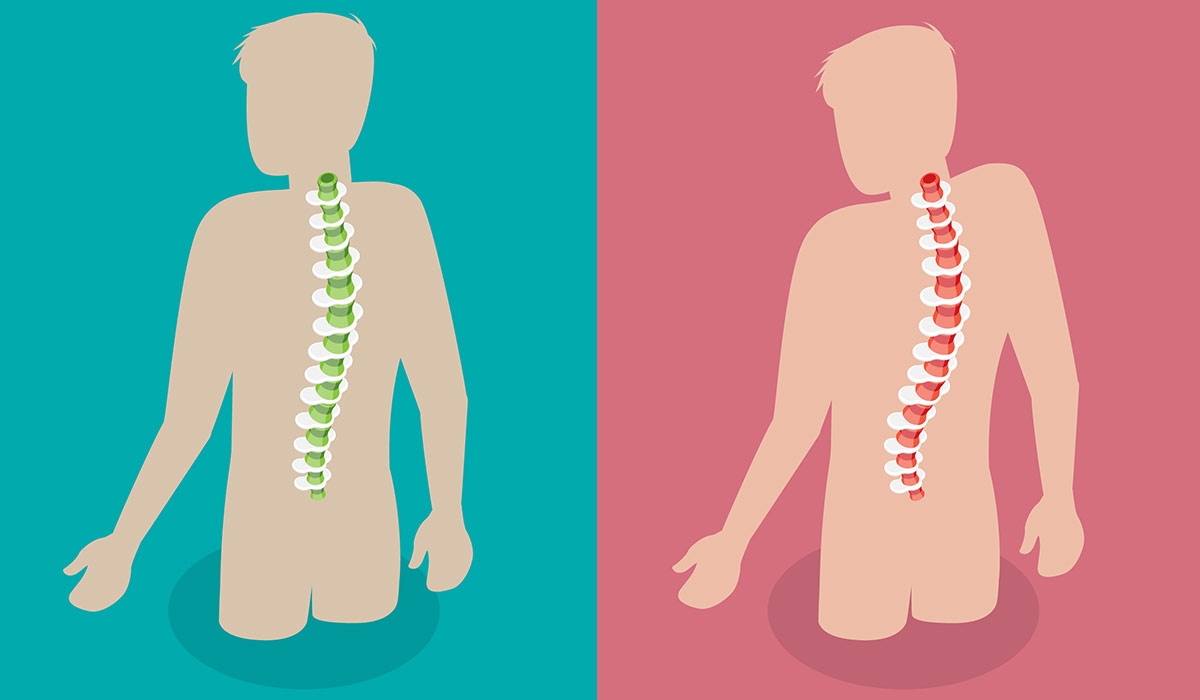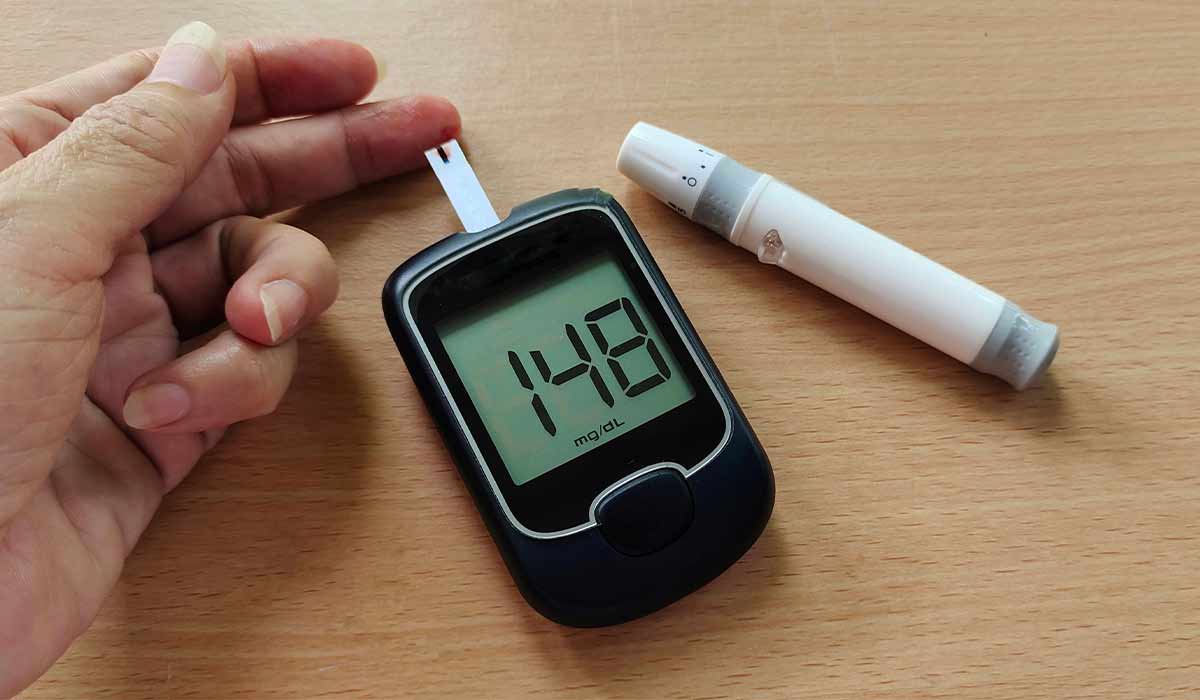Obesity is a chronic condition. It forms when a positive energy ratio is maintained in the organism for an extended period. It indicates that the portion of nutrients supplied with food transcends the individual's needs. It mainly depends on the standard metabolism, physical activity, and body heat production. For this reason, many specialists consider obesity to be the consequence of eating disorders.
According to the characterization established by the World Health Organization![]() (WHO), obesity is the excessive accumulation of fat tissue in the organism. As a result, it leads to the development of other disorders. The diagnosis of obesity is typically made based on body mass index (BMI). It happens when it is more than 30 kg/m2.
(WHO), obesity is the excessive accumulation of fat tissue in the organism. As a result, it leads to the development of other disorders. The diagnosis of obesity is typically made based on body mass index (BMI). It happens when it is more than 30 kg/m2.
However, this is not an ideal indicator and cannot be used, for example, in people practicing strength sports with extensive musculature or pregnant women. In people under 18 years of age, we refer to the BMI index![]() as percentile charts and on this basis.
as percentile charts and on this basis.

Another method useful in diagnostics is measuring body composition using the BIA method![]() (bioelectrical impedance analysis). Thanks to such an analysis, we can precisely determine the body fat content and assess its excess. Its correct content varies depending on age and gender but should not exceed 25% in men and 35% in women. Nevertheless, this technique cannot be used in children, pregnant women, and people with an implanted pacemaker.
(bioelectrical impedance analysis). Thanks to such an analysis, we can precisely determine the body fat content and assess its excess. Its correct content varies depending on age and gender but should not exceed 25% in men and 35% in women. Nevertheless, this technique cannot be used in children, pregnant women, and people with an implanted pacemaker.
Due to the dominant area of accumulation of excess fat tissue, obesity is divided into gynoid-gluteal-thigh (so-called pear) and android-abdominal (so-called apple). We make this classification thanks to the waist-hip ratio![]() . Abdominal obesity is diagnosed when WHR is: in women more than 0.8; in men more than 1. Gluteo-femoral obesity is diagnosed when WHR is: in women less than 0.8; in men less than 1.
. Abdominal obesity is diagnosed when WHR is: in women more than 0.8; in men more than 1. Gluteo-femoral obesity is diagnosed when WHR is: in women less than 0.8; in men less than 1.
The last diagnostic indicator is the measurement of waist circumference![]() , which, as assessed in itself, may indicate an increased risk of obesity-related diseases. In men, it should not exceed 102 cm, and in women 88 cm.
, which, as assessed in itself, may indicate an increased risk of obesity-related diseases. In men, it should not exceed 102 cm, and in women 88 cm.
Currently, many scientists believe that obesity![]() is not a metabolic disease but develops as a consequence of eating disorders. The problem of obesity results from the combination of many abnormalities; the reasons for its appearance are complex. The following aspects can contribute to obesity: environmental conditions, congenital syndromes, acquired diseases, and treatment.
is not a metabolic disease but develops as a consequence of eating disorders. The problem of obesity results from the combination of many abnormalities; the reasons for its appearance are complex. The following aspects can contribute to obesity: environmental conditions, congenital syndromes, acquired diseases, and treatment.
External environmental conditions![]() have a significant function in the development of obesity. They are concerned with factors that the patient is currently in contact with or has had in the past. The primary causes of obesity include:
have a significant function in the development of obesity. They are concerned with factors that the patient is currently in contact with or has had in the past. The primary causes of obesity include:
Research is ongoing to identify genes![]() whose mutations may contribute to obesity development. So far, such a connection has been described for some substances concerned in the axis that control the feeling of hunger and satiety, e.g., leptin and proopiomelanocortin (POMC).
whose mutations may contribute to obesity development. So far, such a connection has been described for some substances concerned in the axis that control the feeling of hunger and satiety, e.g., leptin and proopiomelanocortin (POMC).
Obesity may occur as a symptom of genetically determined disease syndromes, such as Albright hereditary osteodystrophy and Prader-Willi syndrome. Then it is often accompanied by dysmorphic features that are visible in the external appearance, developmental defects, and mental disability.
However, the occurrence of obesity among members of the same family most often results from the repetition of inappropriate eating habits and unhealthy lifestyle patterns.
Obesity develops as a result of eating disorders![]() , which may result from mental problems. Lack of self-acceptance, difficulties in dealing with emotions, and chronic stress may cause the patient to stop taking care of their meals or to attach too much importance to them. Additionally, eating is a common way to release accumulated tension. The most common psychological factors
, which may result from mental problems. Lack of self-acceptance, difficulties in dealing with emotions, and chronic stress may cause the patient to stop taking care of their meals or to attach too much importance to them. Additionally, eating is a common way to release accumulated tension. The most common psychological factors![]() that may lead to obesity include:
that may lead to obesity include:
Endocrine disorders![]() may impair the functioning of the axes that regulate food intake and the feeling of hunger and satiety. Hormones often control the course of many metabolic processes, therefore their improper secretion leads to a reduction in energy expenditure, e.g., by limiting heat production or fundamental metabolism. Obesity most often develops in the course of:
may impair the functioning of the axes that regulate food intake and the feeling of hunger and satiety. Hormones often control the course of many metabolic processes, therefore their improper secretion leads to a reduction in energy expenditure, e.g., by limiting heat production or fundamental metabolism. Obesity most often develops in the course of:
Obesity may occur during treatment for other conditions![]() . Excess fat tissue accumulates in the body due to the use of preparations that:
. Excess fat tissue accumulates in the body due to the use of preparations that:
Obesity is associated with excessive accumulation of fat tissue![]() . Its cells are metabolically active, which leads to an imbalance in the processes that occur in the body. Chronic inflammation then develops, and the blood's concentration of free fatty acids increases. This mechanism creates insulin resistance, which often accompanies obesity.
. Its cells are metabolically active, which leads to an imbalance in the processes that occur in the body. Chronic inflammation then develops, and the blood's concentration of free fatty acids increases. This mechanism creates insulin resistance, which often accompanies obesity.
The above-mentioned metabolic disorders![]() lead to the development of complications related to metabolism, including:
lead to the development of complications related to metabolism, including:

Obesity also negatively affects other body functions. Its complications![]() include, for example:
include, for example:
To diagnose obesity![]() , it is necessary to perform three basic anthropometric measurements – body weight, height, and waist circumference. Measurements should be performed optimally:
, it is necessary to perform three basic anthropometric measurements – body weight, height, and waist circumference. Measurements should be performed optimally:
Here is how to measure body weight:
Here is how to measure height:
Body weight and height are necessary to calculate body mass index (BMI)—the simplest tool for recognizing and classifying obesity is the World Health Organization (WHO) criteria. The simplest way is to use the calculator.
In pregnant women, people practicing sports, and doing physical work, BMI may be an unreliable parameter. In physically active people, a high BMI may be incorrectly interpreted as overweight or obesity. A large percentage of muscle mass increases body weight, thus BMI. Similarly, in pregnant women, the BMI value may be increased due to the weight of the fetus and amniotic fluid.
BMI allows you to determine overweight and obesity but does not show the distribution of fat tissue. Measuring your waist circumference is a simple method to determine your waist distribution. Diagnosing abdominal obesity is important because it significantly increases the risk of metabolic complications, including type 2 diabetes, compared to pear-shaped obesity.
Waist circumference is measured halfway between the hip bone's highest upper edge and the rib arch's lowest point – the centimeter should be drawn horizontally in front along the navel line (see the figure below). Make sure the tape is straight and not twisted. The measurement is optimally performed on exhalation. It is worth performing the measurement twice and calculating the average result as the final result. The result is given with an accuracy of 0.1 cm.
Overweight and obesity are diseases that require therapeutic measures to prevent their possible complications. Treatment![]() should focus not only on reducing body weight but also on improving the patient's quality of life and metabolic parameters of their body.
should focus not only on reducing body weight but also on improving the patient's quality of life and metabolic parameters of their body.
The most effective method of treating overweight and obesity is weight reduction, achieved by introducing a properly balanced reduction diet and appropriating the patient's ability to exercise. A specialist dietician will prepare the nutritional plan, and the reduction process should be treated as treatment. In such a case, excessive body weight loss should be gradual – preferably in the range of 0.5-1 kg per week unless there are other medical indications.
The exercises introduced should be individually tailored to the needs and capabilities of the treated person, and professional help is also significant here. For very obese people, specialists recommend walking or exercising in the swimming pool, which will not burden the joints so much. Thanks to the care of specialists, the weight loss process can be controlled, which helps prevent the so-called “yo-yo effect”.

Treating obesity is challenging and long-lasting because it requires changing habits that have accompanied the person for many years. Therefore, it is best to consult a specialist when overweight is diagnosed. It is significant to start treatment quickly in obese children. The weight reduction process in people under 18 should be carried out by a dietitian – due to the nutritional needs of the developing body.
The best effects of therapy are achieved by patients who receive comprehensive support from a team of specialists because the disease they are dealing with is related to various aspects of their lives. The specialists select treatment individually and respond to the patient's needs.
The obesity treatment process may include the following:
Obesity is a disease that affects not only the body but often also the soul. Sometimes, it may be caused by deep, unconscious internal conflicts or difficult experiences. It also usually becomes the cause of psychological problems that require therapy![]() (e.g., anxiety, shame, submissiveness, alexithymia, body image disorders, lowered self-esteem, withdrawal from interpersonal contacts, or experiencing prejudice and discrimination).
(e.g., anxiety, shame, submissiveness, alexithymia, body image disorders, lowered self-esteem, withdrawal from interpersonal contacts, or experiencing prejudice and discrimination).
Depending on the therapist's education and preferences, as well as the specificity of the problem, psychotherapy may be implemented in the following areas:
Psychotherapy can also be conducted individually or in groups. The therapeutic group usually consists of people experiencing similar types of difficulties.
The following tips on how to prevent![]() obesity are aimed not only at obese and overweight people but also at people of normal weight. Let us remember that it is easier and cheaper to prevent obesity than to treat its advanced forms and possible complications:
obesity are aimed not only at obese and overweight people but also at people of normal weight. Let us remember that it is easier and cheaper to prevent obesity than to treat its advanced forms and possible complications:
Remember that untreated obesity can lead to health complications such as:
It is also worth remembering that excessive weight makes it challenging to perform almost all daily activities, hurts self-esteem, and may cause a person to be perceived as unattractive in society, which worsens social relationships. All this can lead to social isolation, feelings of shame, and depression.
Table of Contents

A calorie is a determinant of the energy from the food consumed. Both calorie deficiency and excess cause harmful health… read more »

Liposuction is a surgical procedure with the goal of getting rid of excess fat. Learn about the indications and contraindications… read more »

Weight loss refers to a reduction in total body mass, which can result from decreased caloric intake, increased physical activity,… read more »

Lymphedema is swelling caused by non-physiological lymphatic stasis. What are its causes? What is the diagnosis and treatment of lymphedema? read more »

Sugar is a delicious food ingredient that gives you energy. Unfortunately, some types of sugar have been linked to dangerous… read more »

Palm oil can provide many important ingredients. Yet it is also associated with many health problems. How is this possible?… read more »

Scoliosis is a structural deformation of the spine that occurs in three planes. What are its causes and symptoms? What… read more »

High Blood Pressure (Hypertension) is a disease of the circulatory system consisting of elevated blood pressure. Is it dangerous? Can… read more »

When blood glucose levels are too high, it leads to a hyperglycemia. Discover effective ways to reduce your sugar levels… read more »